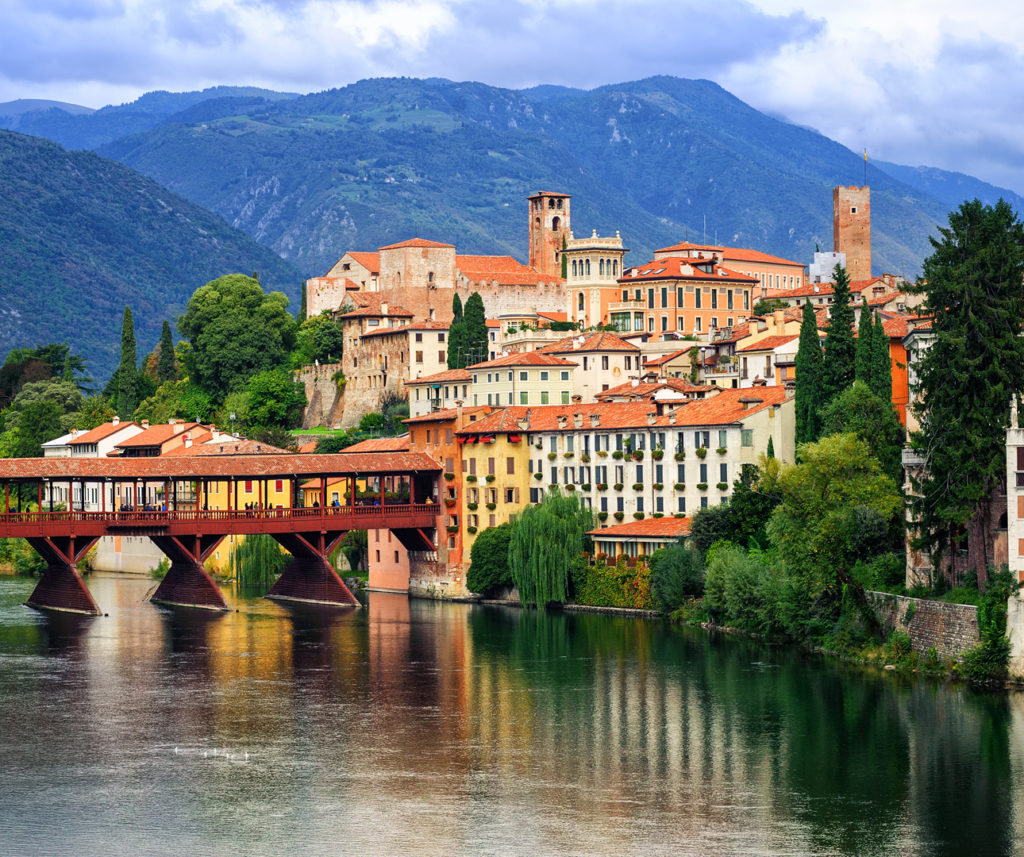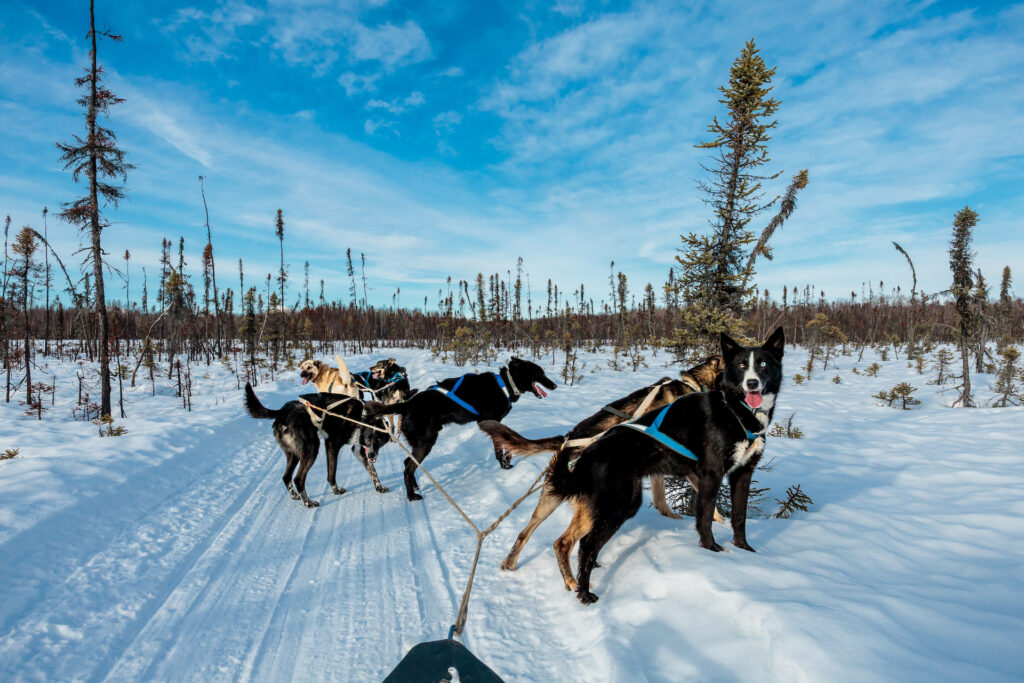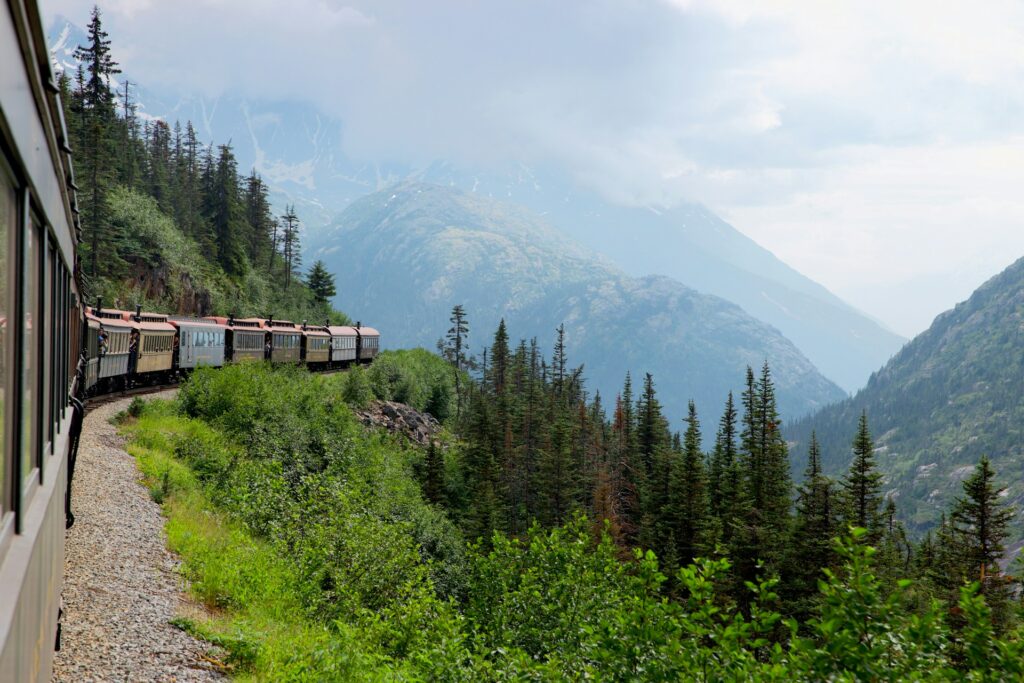2024: A Special Year for Northern Lights Seekers, Says Expert Robert
Dazzling displays of colorful light, dancing across the night sky. Aurora Borealis is both elusive and mesmerizing, and 2024-2025 is set to be a bumper year. Viewing the Northern Lights is a bucket-list experience for many travelers, drawing them to remote, dark-sky locations like Alaska, Canada, Scandinavia and Iceland, where the ethereal beauty of the auroras can be witnessed in all its glory.
We spoke to Robert Joyce, Travel Director and Iceland expert, to find out why sightings this year will be extra special. Plus, he shares some top Northern Lights tips to make the most of your experience.
Chase the Northern Lights with Insight on: Scenic Iceland and the Northern Lights or Northern Lights of Scandinavia.
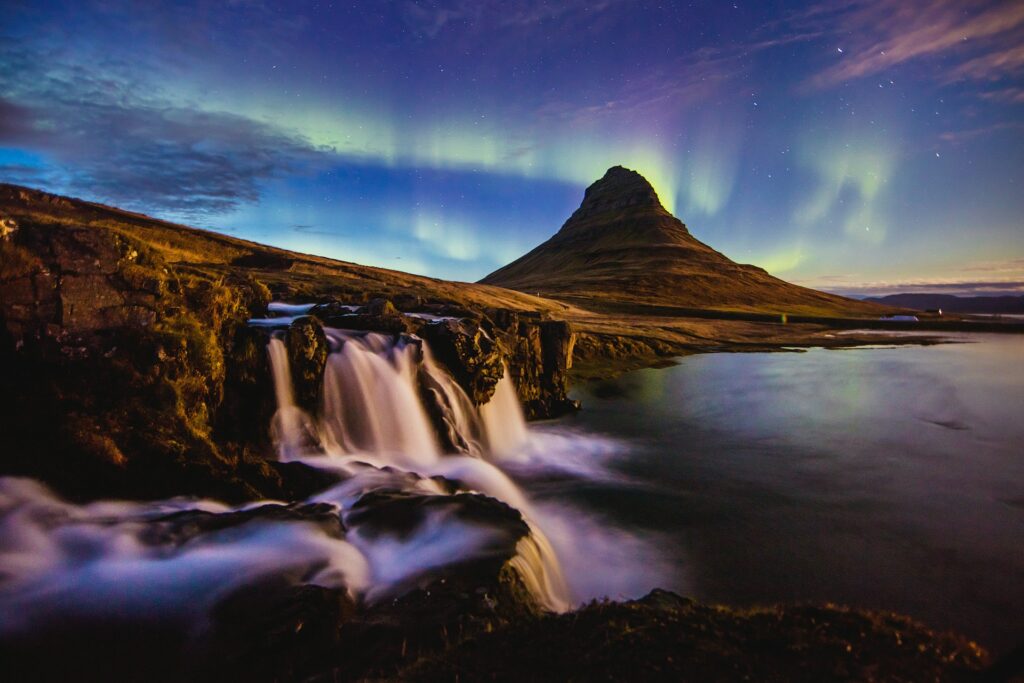
Why is 2024 such a great year to see the Northern Lights?
“Scientists are predicting 2024 will be the year of the Northern Lights, as solar activity influences the intensity of the Aurora,” says Robert. “The Sun goes through an 11-year cycle and 2024 is the year of solar maximum, meaning the Northern Lights will be stronger than they have in at least a decade. Already this year we have seen some spectacular displays.”
The Northern Lights, also known as the Aurora Borealis, are a stunning natural phenomenon. They’re characterized by colorful displays of light dancing across the night sky in the Earth’s polar regions.
This splendid spectacle is caused by the interaction between charged particles from the sun and the Earth’s magnetic field. When these charged particles collide with atoms and molecules in the Earth’s atmosphere, they emit light. You can enjoy luminous curtains, arcs and swirls of green, pink, purple and other incredible visuals.
Every 11 years, the sun’s magnetic field completely flips, this means that the Sun’s north and south poles switch places. The result is more spectacular displays, and you may see even more auroras in regions they’re not normally spotted.
You may also enjoy reading: Spirits in the sky: the stories and science behind the Northern Lights
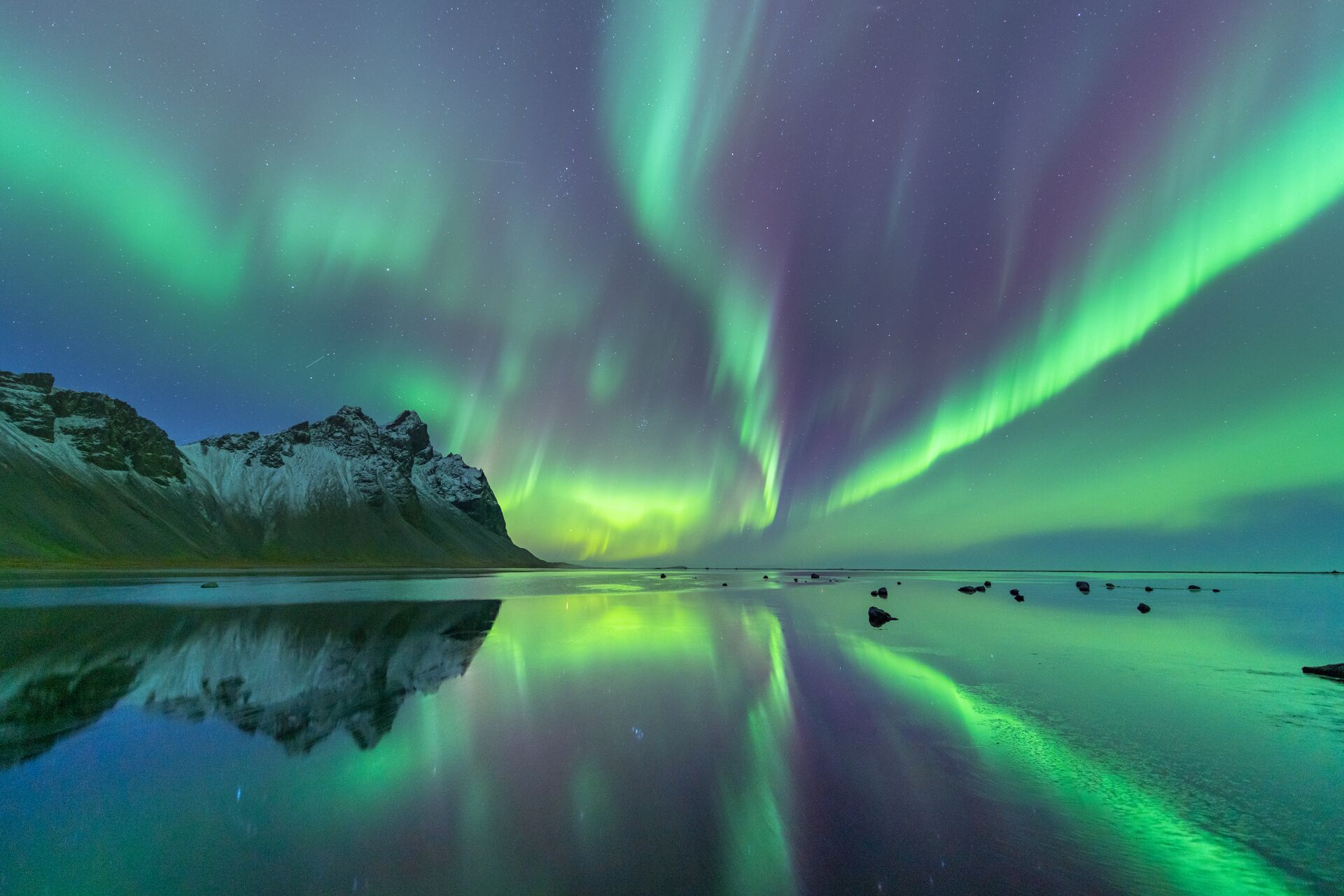
The Northern Lights can be seen even from space.
DISCOVER MORE ON
Why you should make the trip
“Seeing the lights cascading in their many forms and colors as they dance across the Northern skies is a truly magical experience,” says Robert. “They mesmerize you, like the scattered jewels of careless Gods. You must remember to take those photos.”
References to the aurora have appeared throughout history, even in Stone Age cave paintings, dating back 30,000 years ago. In his book, Meteorology, written over 2,000 years ago, Aristotle described the aurora, saying “sometimes on a fine night we see a variety of appearance that form in the sky: ‘chasms’ for instance and ‘trenches’ and blood-red colors. The earliest known recording of the northern lights happened around 679-655 B.C., when Assyrian astronomers inscribed an aurora event on cuneiform tablets.
Nowadays the Northern Lights top many a traveler’s wish list, with some spectacular ways to enjoy them. On our Scenic Iceland and the Northern Lights tour, you can enjoy the spectacle from the capital Reykjavik. Combine a cosmopolitan city with a spectacular mountain backdrop and an unforgettable light show. Or on Northern Lights of Scandinavia, in Lapland watch the show up above from the comfort of your hotel room.
Bookmark for later: Sleep under the stars and watch the Northern Lights at this iconic hotel
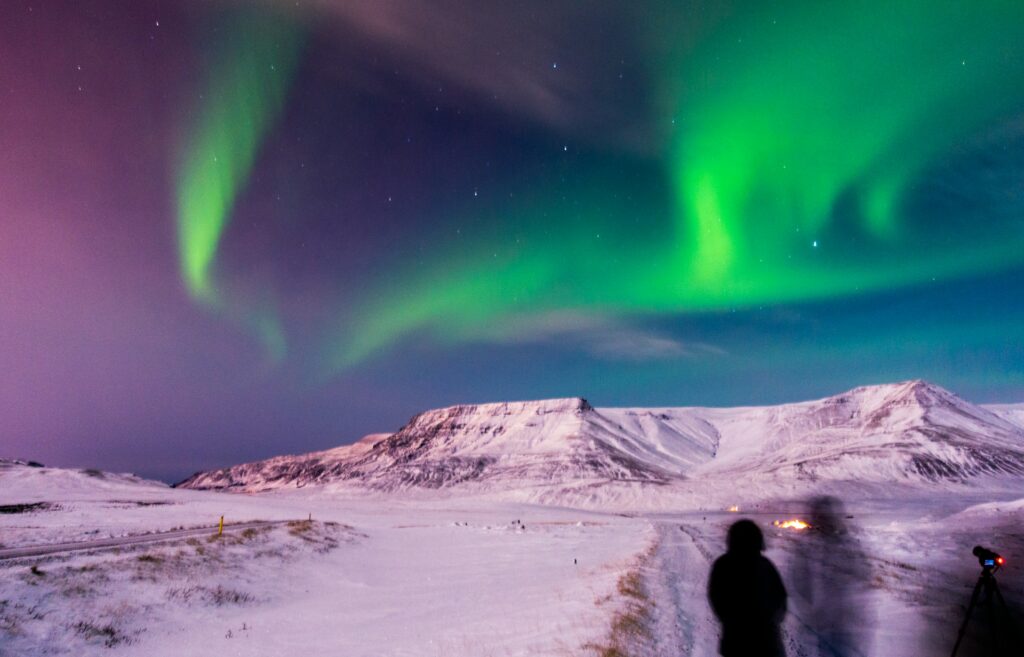
How to make the best of your experience
As they are a natural phenomenon, the Aurora Borealis can be elusive, with sightings never guaranteed. There’s lots to consider when it comes to timing and location. “One of my top Northern Lights tips is to find dark places with no artificial lights,” says Robert. “Ideally you want clear skies and no moon. Cloudy or light-polluted skies will make aurora spotting difficult or impossible.
“To capture the moment, make sure you switch off your flash. You’ll need a long exposure, a steady hand and plenty of patience – sometimes the aurora activity may be faint or brief, so be prepared to wait for the right moment. However long it takes though, the rewards will be worth it.”
If you love light shows, you may also enjoy reading: These Are the Best Places to See the Milky Way Around the World
To have the chance to see Aurora Borealis for yourself, book a place on Scenic Iceland and the Northern Lights or Northern Lights of Scandinavia.
LIKED THIS POST? SHARE WITH YOUR COMMUNITY
